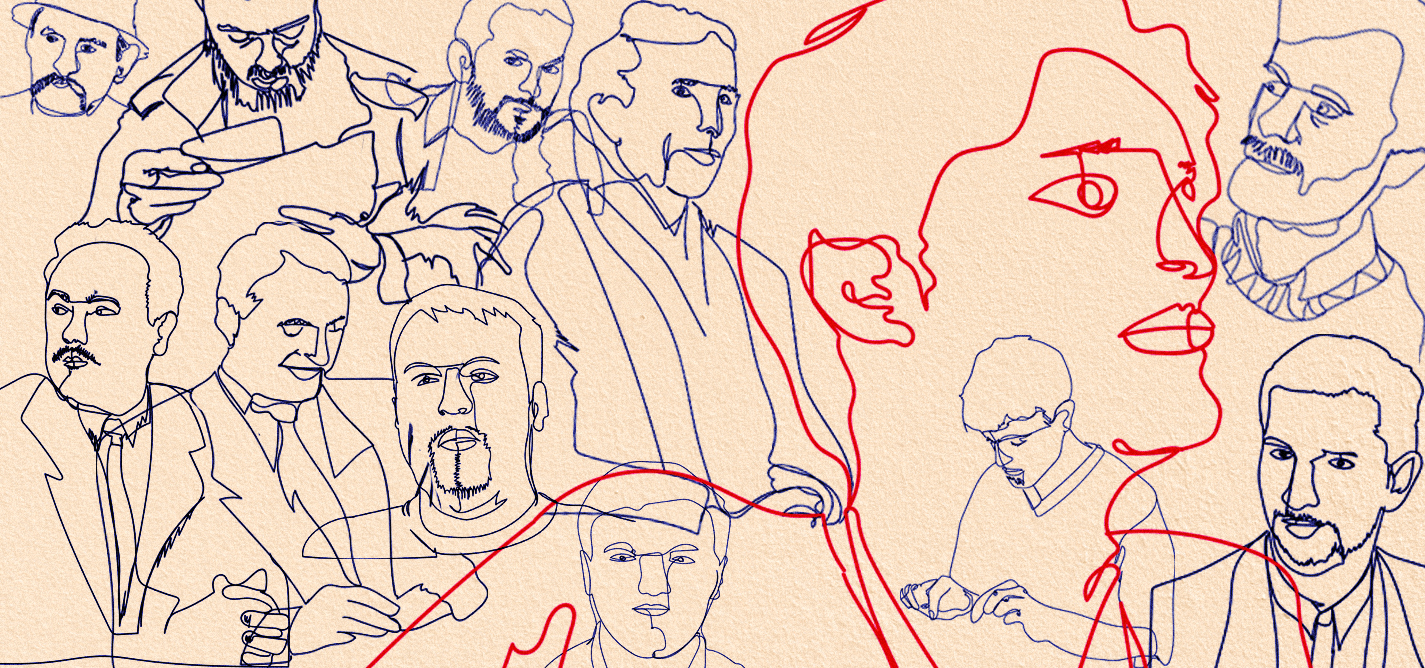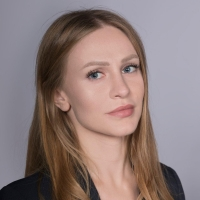
Kosovo’s missing journalists
The implications when journalists aren’t safe.
|2020.11.13
|
‘What is important is that we stop these crimes from being forgotten,’
They were sent from one police station and archive to another, until they realized that all traces of information pertaining to the incident had been lost.
'Solving an issue like this will make it easier for me to do my job as a journalist in Kosovo,'
Tatjana Lazarević, editor in chief of Kossev
Una Hajdari
Una Hajdari is a journalist from Prishtina focused on reporting on issues pertaining to the Western Balkans, Central and Eastern Europe.
This story was originally written in English.